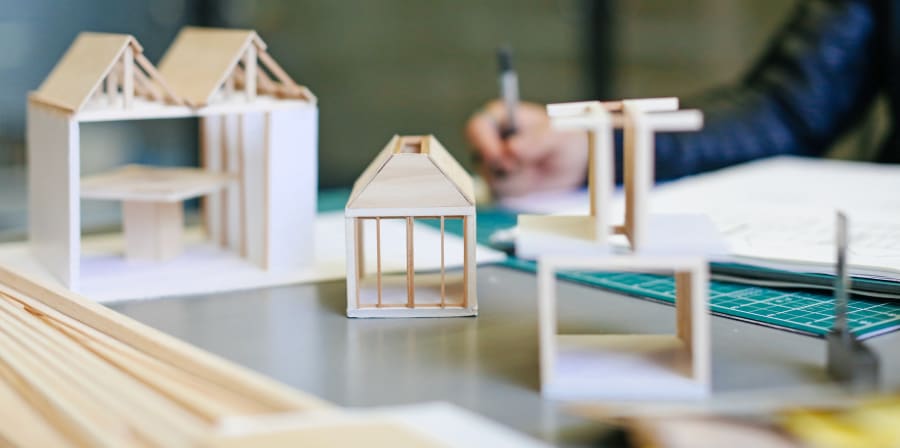
This research group explores the built or human environment as a living network of communications and interactions between people, buildings, spaces, objects and stories.
About this group
The group sees the physical environment as an ever-changing landscape of ideas, needs and desires where identities are formed, expressed and re-formed.
Research addresses various aspects of design theory and practice, in addition to design education and methodologies. It includes experiments in place-making, architectural practice and novel methods to engage visitors in museums, heritage sites and retail environments. The group also looks at the potential of computing-enabled spaces and takes an integrated cultural approach to architecture, urban development and regeneration. It takes a holistic approach to city branding and explores the legibility of cities.
Practice-based research and critical reflections are motivated by, and through, material interventions in the physical environment. Research is underpinned by the need to develop strategies for social, economic, environmental and cultural sustainability.
Aims and objectives
The group aims to explore several research threads including: people and places; trends and futures; interaction design in a spatial context; curating architecture; the body, space and the lived world; educational models, learning from everywhere; participatory practice and co-design; sustainability; architectural outputs other than buildings.
Contact
Research group convenor:
Patricia Austin, p.austin@csm.arts.ac.uk
Find out more on Patricia's research profile
Group members
Oscar Brito | Melanie Dodd | Sarah Featherstone | Amanda Hopkins | Stuart Jones | Allan Parsons | Adrian Robinson | Andreas Lang | Jona Piehl | David Chambers | Alex Warnock-Smith
Research students
Julia Pitts | Matthew Haycocks | Ryo Terui | Olga Surawska | Adriana Cobo | Valerie Mace | Clare Brown
Activities and outputs
- Read more about the Contested Space 2014, 2015, 2016
- Read more about The Future of Museum and Gallery Design, November 2015
- Mapping the Distributed Audience: SPACE and the City
- Spatial Storyworlds Panel: The Fourth International Visual Methods Conference, Brighton, September 2015
- Contested Spaces, June 2015
- A Digitised Planning System: Scoping Study. October 2014
- Re-envisioning Exhibition Design, April 2014
- KIBLA - How to transform degraded urban space? May 2013
- Garden Stories exhibition, February - September 2014
- Patricia Austin: Renal Ward project info, 2013-14 (PDF 385KB)